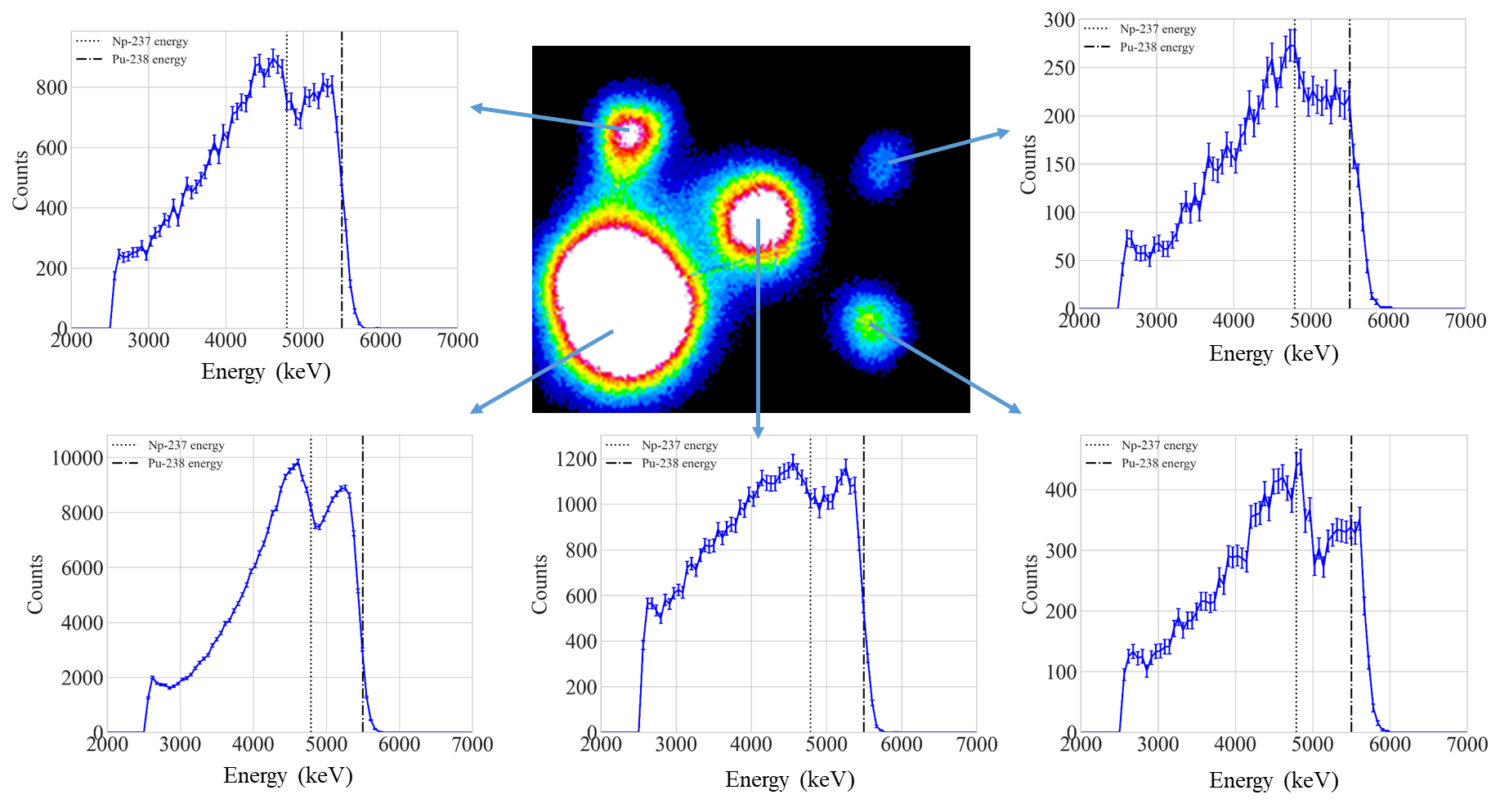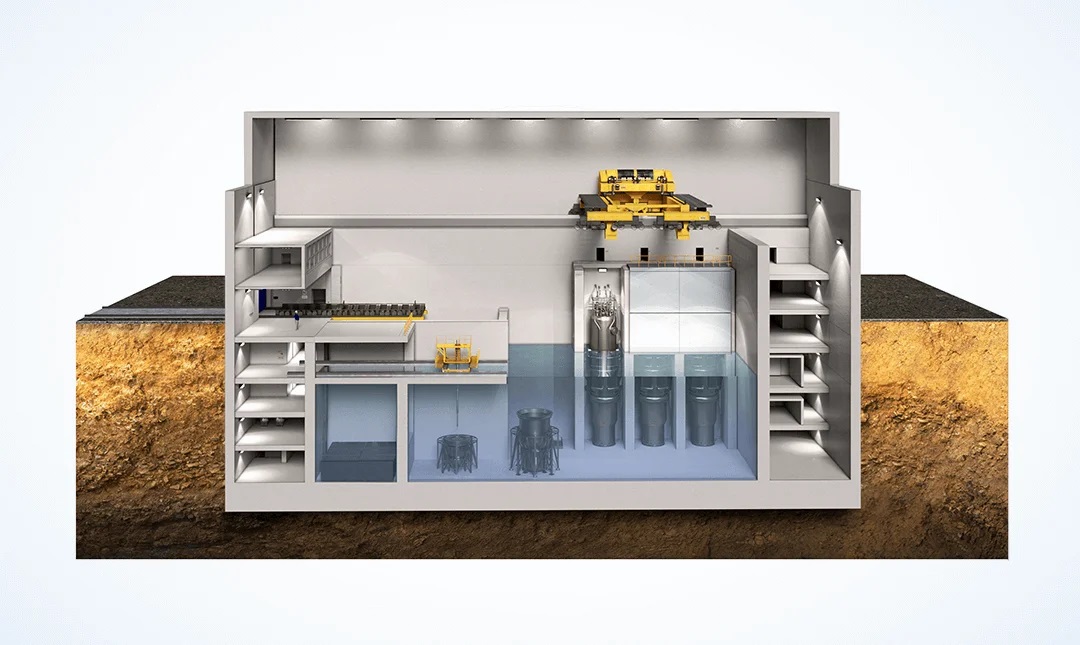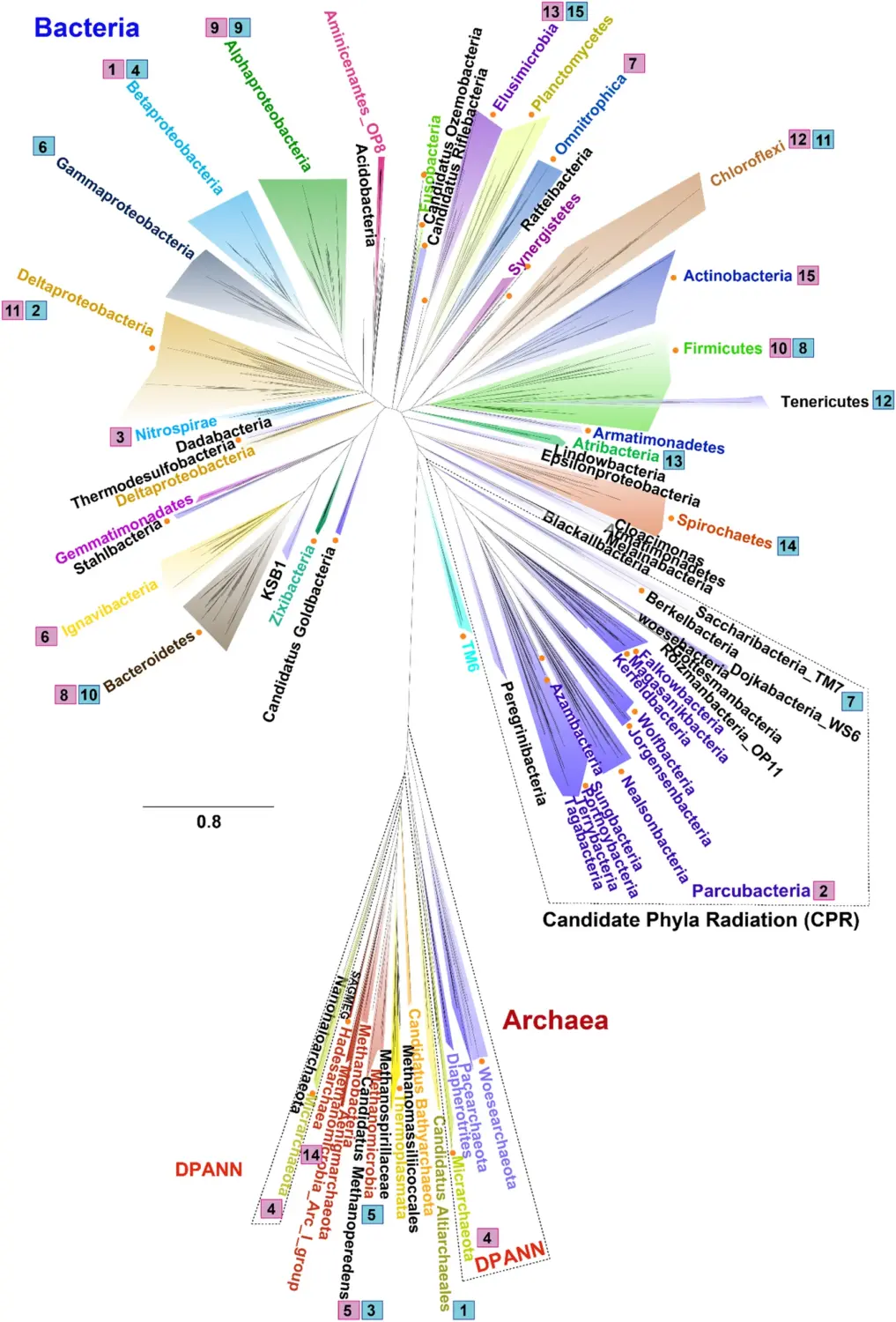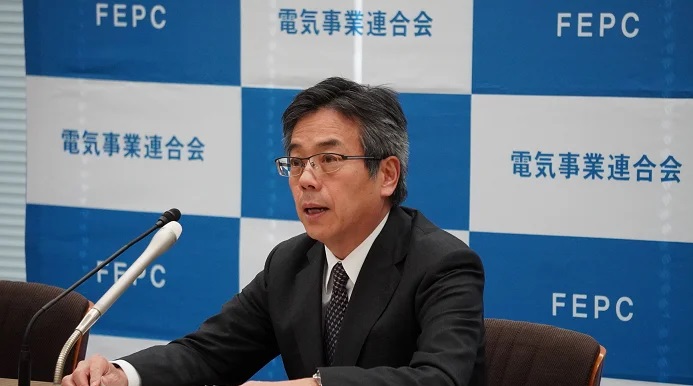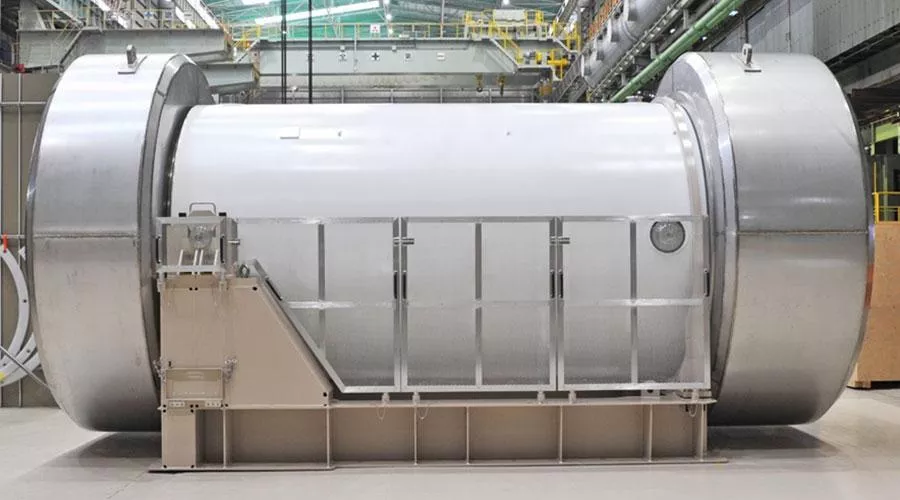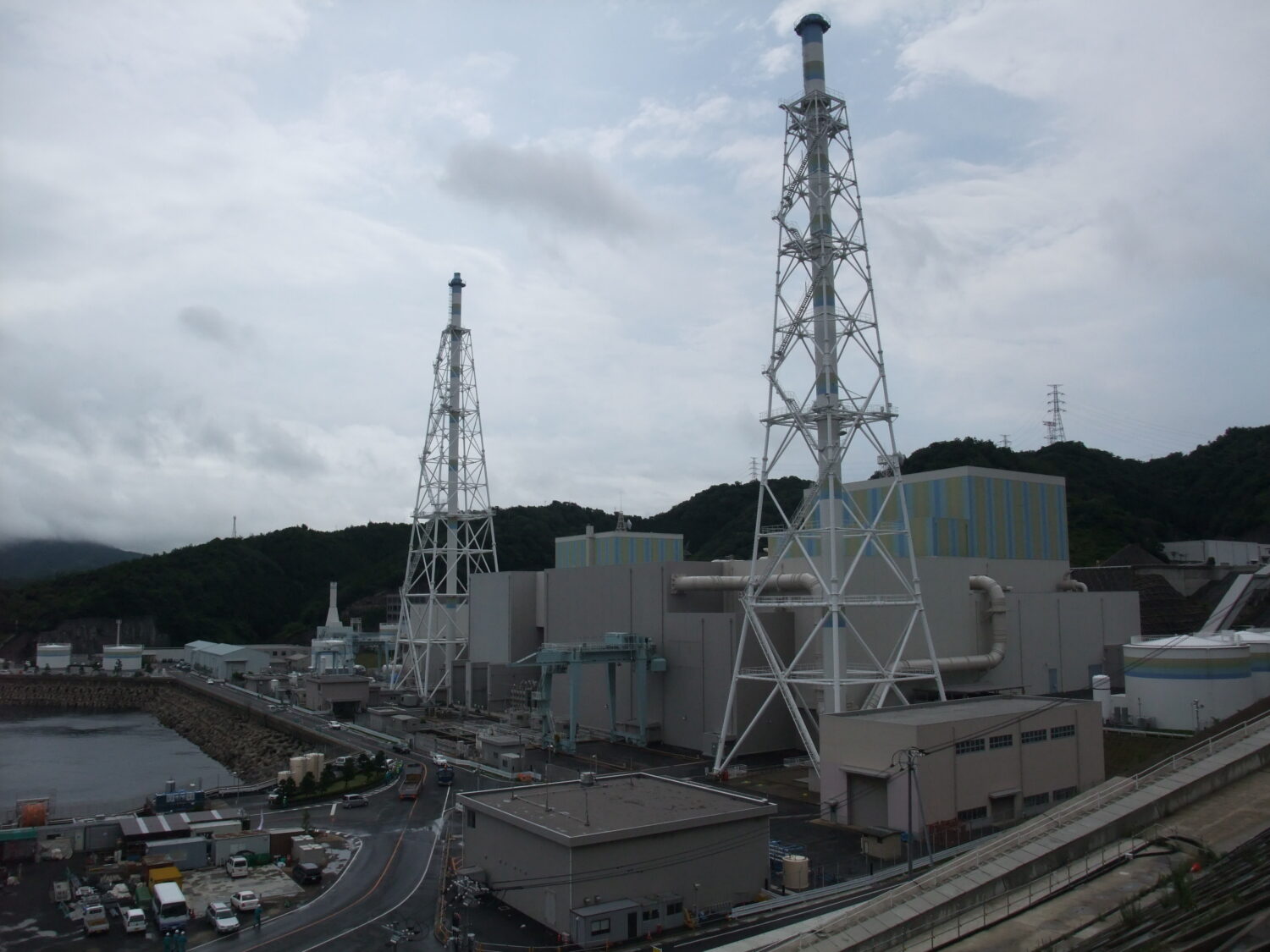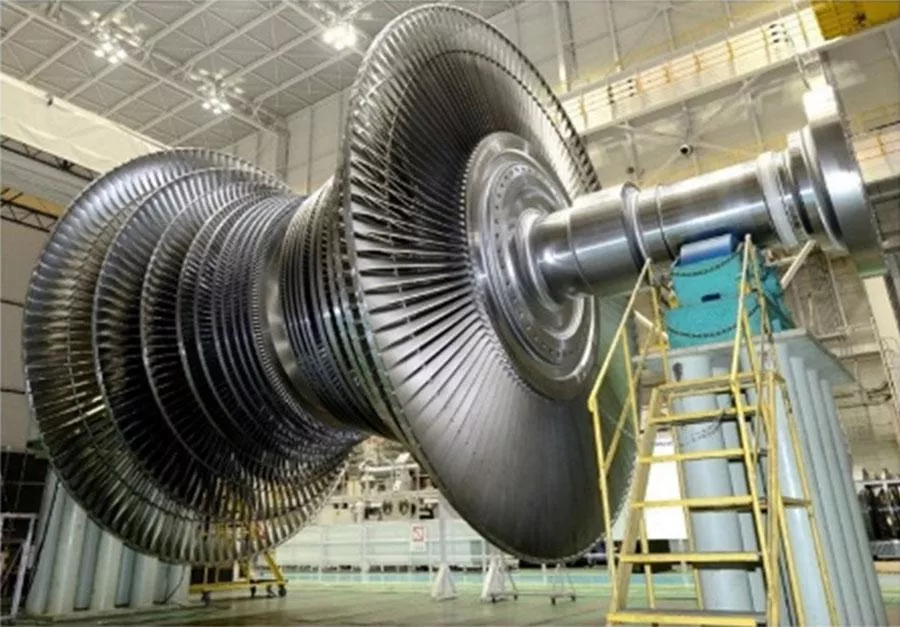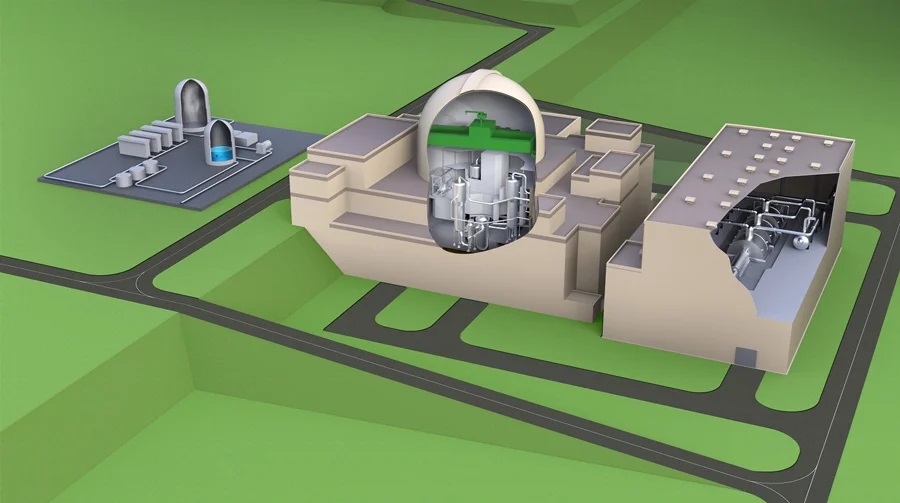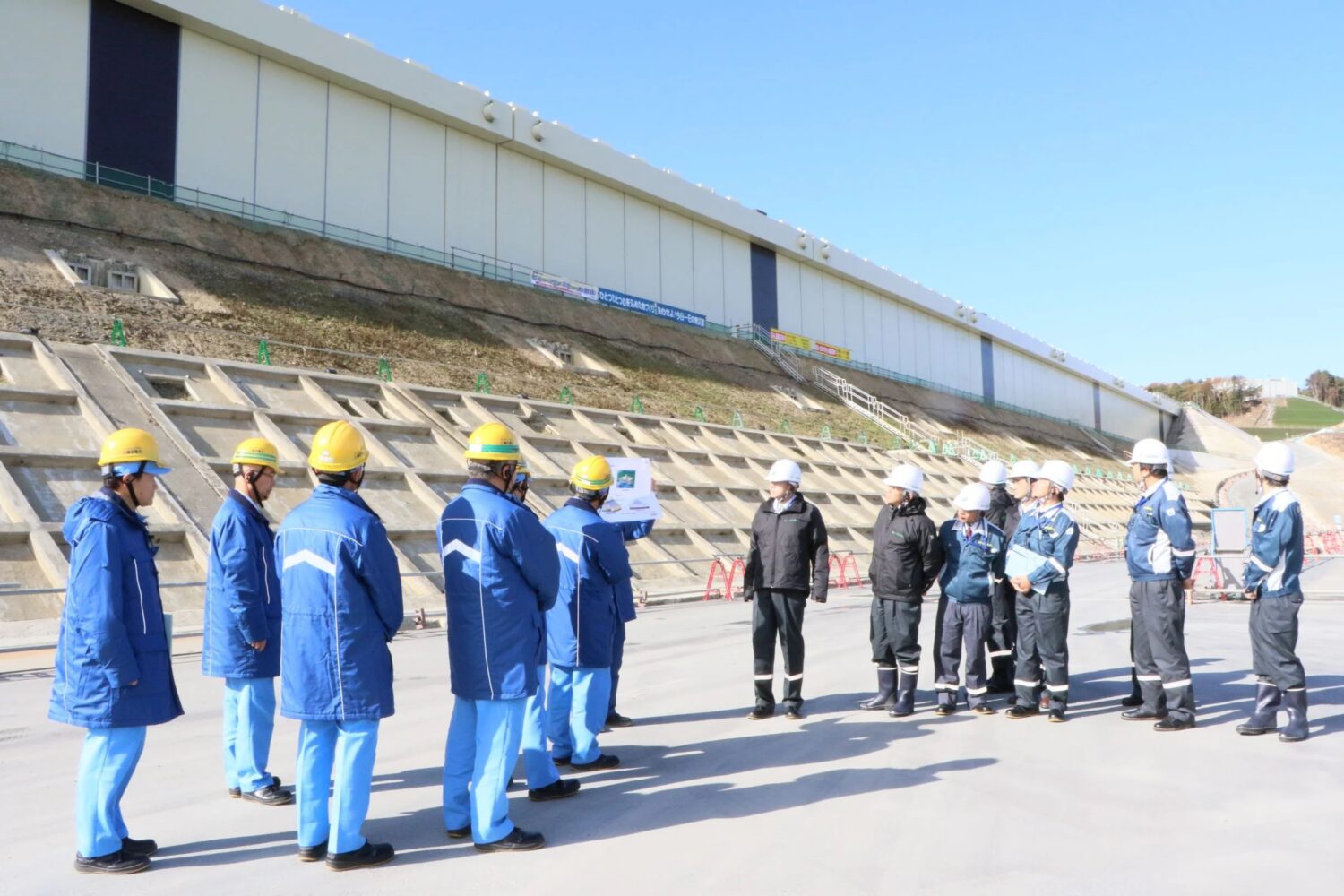In October 2023, Kansai EP had issued the “Roadmap for Spent-fuel Measures,” explaining to Fukui Prefecture and its prefectural assembly that “in preparation for the removal of spent fuel from our NPPs, we are considering building dry spent fuel storage facilities on the premises of the three NPPs.”
Dry storage involves storing spent fuel that has first been allowed to cool sufficiently in fuel pits―called “fuel pools” in the case of boiling water reactors (BWRs)―in sealed containers known as storage and shipping casks.
During the massive earthquake in eastern Japan in 2011, the dry storage facility at Fukushima Daiichi remained robust. A similar facility is currently being utilized within the premises of Tokai-2, owned and operated by the Japan Atomic Power Company (JAPC).
Also, the Nuclear Regulation Authority (NRA) of Japan is currently conducting examinations at the Hamaoka NPPs (owned and operated by the Chubu Electric Power Co.), the Ikata NPPs (Shikoku Electric Power Co.) and the Genkai NPPs (Kyushu Electric Power Co.). Preparations are also being made to apply for the approval of the design and work for their construction.
According to a release by Kansai EP, the company will secure storage capacity of up to approximately 100 tons, 350 tons and 250 tons of spent fuel, respectively, at the Mihama, Takahama and Ohi NPPs, and will complete installation at all sites by around 2030.
On January 19, at a conference where executives of power companies exchanged views and opinions with the head of Japan’s Ministry of Economy, Trade and Industry (METI), Kansai EP released a revised spent-fuel measures plan, in which it expressed its intention to continue activities seeking public understanding on interim storage outside of Fukui Prefecture, as well as its intention to carry out feasibility studies and the like systematically and to start operation at the level of 2,000 tons by 2030 or so.
According to data prepared by the Federation of Electric Power Companies (FEPC), released on January 19, Kansai EP’s spent-fuel storage capacity is expected to reach 90% at the Mihama and 98% at the Ohi NPPs in five years. At the Takahama NPPs, it will reach 100% operational capacity in four years.


-1.png)

